MVCC cables: what are they?
In the domain of electrical engineering and power distribution systems, the term “medium voltage covered conductor (MVCC)” typically denotes a type of electrical conductor designed for medium voltage applications, typically ranging between 11 kV and 33 kV. These conductors are insulated and covered to ensure safe and efficient power distribution
To enhance performance and safety, a covered conductor, such as those designated as medium voltage covered conductors (MVCC), commonly features insulation or a protective covering made of cross-linked polyethene (XLPE). This insulation or covering serves the critical purpose of shielding the conductor, thereby reducing the risk of electrical malfunctions and preventing accidental contact with external elements
In overhead power distribution systems, covered conductors play a crucial role, particularly in various environmental conditions. The insulation of the conductor acts as a protective barrier, shielding it from elements such as sunlight, moisture, and other potential sources of damage.
This type of covered conductor is often employed in areas where additional safety measures are necessary or where exposed conductors pose potential hazards. By providing an extra layer of protection, covered conductors help ensure the reliability and safety of the power distribution infrastructure.
The design and materials used for covered conductors are influenced by several factors, including voltage level, intended application, environmental conditions, and regulatory requirements.
In medium voltage networks, these conductors are indispensable for ensuring the efficient and safe distribution of electrical power.
By carefully considering these factors and selecting appropriate designs and materials, We at KEI manufacture MVCC cable to optimize the performance and reliability of the power distribution system while maintaining compliance with local regulations and standards.
This underscores the critical role that covered conductors play in the functioning of medium voltage networks and the broader electrical infrastructure.
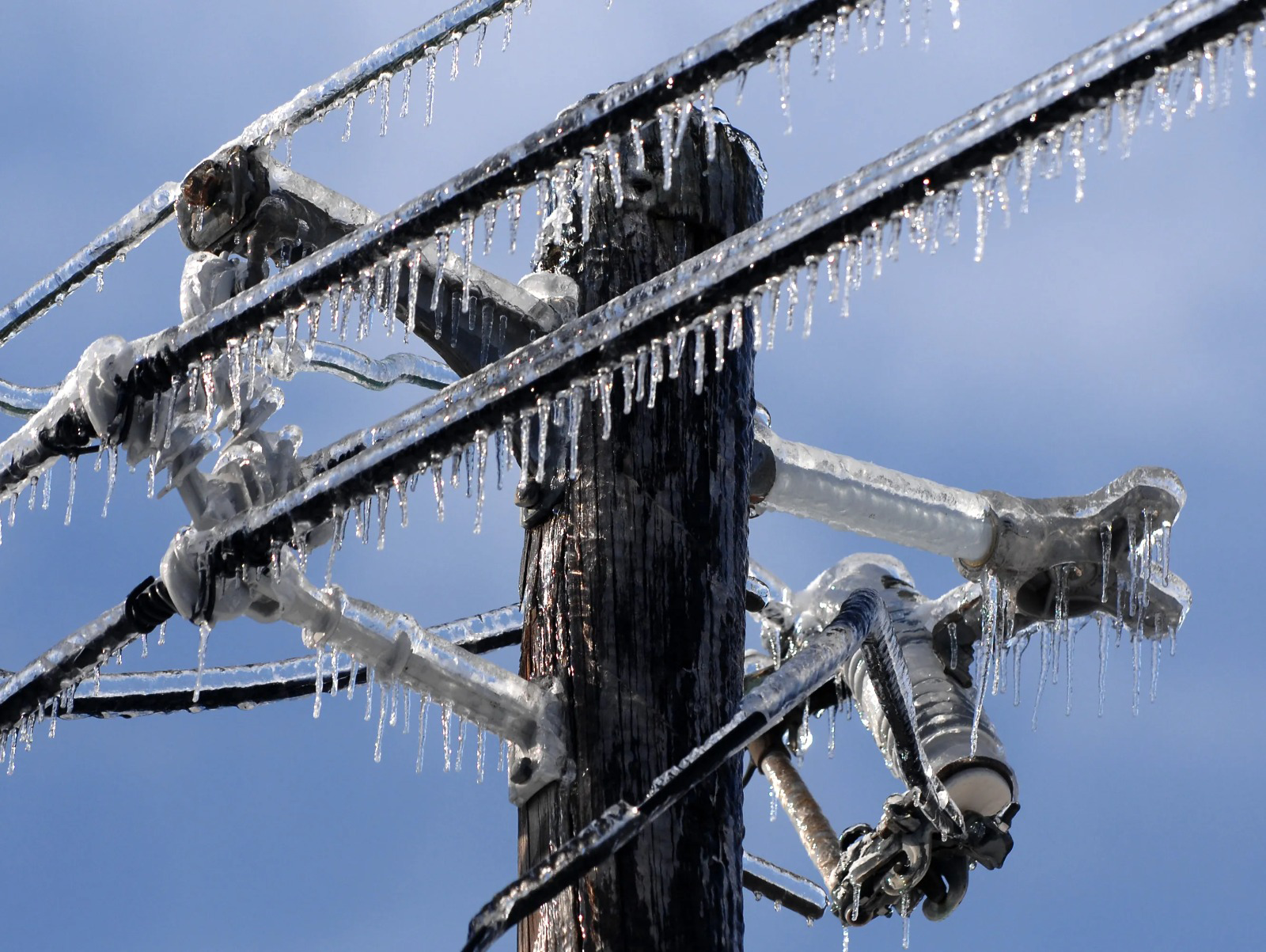
Construction of MVCC
- Conductor – Longitudinally watertight stranded all aluminium alloy (AAAC), AL-7, AL-59, or AL-59 Aluminium Clad Steel (ACS).
- Shielding – Semi Conducting Cross-Linked Polymer.
- Inner Covering – Low-Density track resistance cross-linked Polyethylene (Without Carbon Black)
- Outer Covering – High-density UV & track resistance Cross-linked Polyethylene

Application of MVCC
Medium voltage-covered conductors are used in a variety of electrical power
distribution system scenarios. The following are a few typical uses
- Overhead Power Distribution Lines
Medium-voltage electricity is delivered from substations to residential, commercial, and industrial areas via overhead power distribution lines, which frequently use covered conductors.
By shielding the conductors from the elements, the insulation lowers the possibility of electrical failures brought on by exposure to pollutants, moisture, or other impurities - Urban and Suburban Areas
Covered conductors can be used to increase the visual impact of power lines and reduce the possibility of unintentional contact with live parts in urban and suburban settings where aesthetics and safety are valued. - High Environmental Stress Areas
Over an extended period, bare conductor performance may deteriorate in environments with elevated pollution, moisture, or corrosive elements. The power distribution system’s longevity is increased by covered conductors, which offer an extra degree of defense against these types of environmental stresses. - Areas with Vegetation
In places with a lot of vegetation, where there is a greater chance of branches or trees coming into contact with power lines, covered conductors are appropriate. The insulation lessens the possibility of faults and outages caused by vegetation - Coastal and Harsh Environments
Covered conductors offer an extra layer of defense against corrosion and environmental damage in coastal areas and other harsh environmental regions where exposure to salt, humidity, and extreme weather is a concern. - High-Altitude Installations
Given their greater exposure to inclement weather, covered conductors may be recommended in mountainous or high-altitude areas. The insulation aids in shielding the conductors from environmental hazards like snow and ice. - Industrial Facilities
Industrial facilities may use medium voltage-covered conductors to distribute power from the main substation to different areas of the building. Harsh operating conditions and the presence of industrial chemicals are two things that the insulation helps shield against - Renewable Energy Projects
Covered conductors can be used for medium voltage interconnection within the power generation facility and for connecting the facility to the larger electrical grid in renewable energy projects, such as solar or wind farms. - Railway Electrification
In electrified railway systems, where trains are powered by medium voltage, covered conductors may be used. Insulation improves safety by reducing electrical interference.
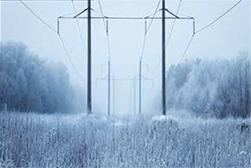
Cold Environments
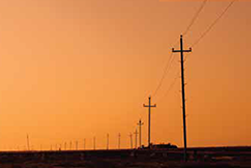
Hot Environments
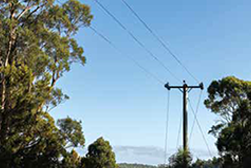
Forest Areas
Advantage of MVCC over bare Conductor:
In some applications, medium voltage-covered conductor cables are superior to bare conductors due to several benefits. Here are a few main benefits
-
Improved Safety
Improved safety is the main benefit of covered conductors. By preventing accidental contact with live parts, the insulation or covering on the conductor lowers the risk of electric shock and other safety hazards. This is especially crucial in suburban and urban settings where people and property are close to power lines
-
Reduced Environmental Impact
The negative effects of power distribution systems on the environment are reduced by covered conductors. By shielding the conductors from environmental elements like pollution and corrosion, the insulation increases their lifespan and lowers the need for upkeep and replacement.
-
Lower Risk of Outages
The possibility of outages brought on by things like tree branches, animals, and weather-related problems is decreased by the protective covering on medium voltage-covered conductors. This can result in a power distribution system that is more dependable, particularly in places with harsh environmental conditions.
-
Vegetation and Wildlife Protection
Electricity faults brought on by plants or animals coming into contact with the conductors are less likely to occur when covered conductors are insulated. Areas with thick vegetation or wildlife corridors should pay special attention to this.
-
Corrosion Resistance
Covered conductors offer an extra layer of protection against corrosion in harsh environmental settings, such as coastal areas where salt exposure is a concern. This prolongs the lifespan of the cables and lowers the need for maintenance.
-
Aesthetics and Urban Planning
Better aesthetics are a result of covered conductors in suburban and urban settings. Power lines can be designed in a more aesthetically pleasing and compact manner thanks to the insulation, all without sacrificing safety.
-
Improved Reliability
By providing protection from environmental elements, insulation on covered conductors lowers the risk of electrical failures and disruptions. As a result, downtime is decreased and system reliability is increased.
-
Flexibility in Routing
Since covered conductors are less restricted by clearance requirements than bare conductors, they provide greater routing and installation flexibility. In some situations, this flexibility can make the design and installation process easier.
-
Reduced Electromagnetic Interference (EMI)
In sensitive electronic environments or areas with a high concentration of communication equipment, electromagnetic interference can be reduced with the help of the conductor covering. In industrial settings or locations with sophisticated technological infrastructure, this may be advantageous.
-
Protection Against Vandalism
An extra line of defense against unapproved tampering and vandalism is offered by the insulation. This is particularly important in public areas where there is a chance that power lines may be intentionally damaged.
-
Maintenance and Durability
Decreased Maintenance Needs: Because insulation helps shield against wear and tear and lengthens the lifespan of the cable, covered conductors may require less maintenance than bare conductors
-
Compliance with Environmental Regulations
Because covered conductors lessen the effect that power distribution systems have on the local ecosystem, they may aid in complying with environmental regulations. In areas that are sensitive to the environment, this is especially crucial.
Dimensions of MVCC
| Cross Section (Sq mm) | Construction | Type |
|---|---|---|
| 50 | 7 Strands | AAAC / AL-7 / AL -59 |
| 55 | 7 Strands | AAAC / AL-7 / AL -59 |
| 70 | 7 Strands | AAAC / AL-7 / AL -59 |
| 80 | 7 Strands | AAAC / AL-7 / AL -59 |
| 90 | 7 Strands | AAAC / AL-7 / AL -59 |
| 100 | 7 Strands | AAAC / AL-7 / AL -59 |
| 120 | 19 Strands | AAAC / AL-7 / AL -59 |
| 125 | 19 Strands | AAAC / AL-7 / AL -59 |
| 148 | 19 Strands | AAAC / AL-7 / AL -59 |
| 159 | 19 Strands | AAAC / AL-7 / AL -59 |
| 160 | 19 Strands | AAAC / AL-7 / AL -59 |
| 232 | 19 Strands | AAAC / AL-7 / AL -59 |
| 241 | 19 Strands | AAAC / AL-7 / AL -59 |
| Cross Section (Sq mm) | Construction | Type | |
|---|---|---|---|
| ACS | AL-59 | ||
| 31.6 | 1 Strands | 6 Strands | AL-59 ACS |
| 52.88 | 1 Strands | 6 Strands | AL-59 ACS |
| 78.82 | 1 Strands | 6 Strands | AL-59 ACS |
| 104.98 | 1 Strands | 6 Strands | AL-59 ACS |
| 120 | 7 Strands | 26 Strands | AL-59 ACS |
| 160 | 7 Strands | 30 Strands | AL-59 ACS |
| 241 | 7 Strands | 30 Strands | AL-59 ACS |
| Sr.NO | Cable Attributes | UOM | Nominal Thickness | ||
|---|---|---|---|---|---|
| 11 KV | 22 KV | 33 KV | |||
| 1 | Aluminium Alloy Wire | Sq.mm | As Per Requirement | ||
| 2 | Extruded Longitudinal Water Blocking Layer | mm | As Required to make Water Blocked Arragement |
||
| 3 | Extruded Semi Conductive Layer | mm | 0.3 | 0.3 | 0.4 |
| 4 | Inner Insulation of XLPE Without Carbon Black | mm | 1.2 | 1.32 | 2.43 |
| 5 | Outer Insulaton with UV & Track Resistant XLPE | mm | 1.1 | 1.1 | 2.2 |







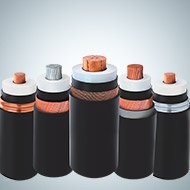
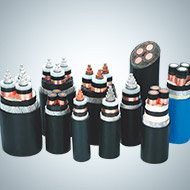
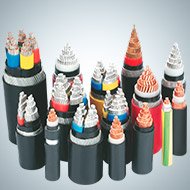

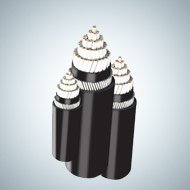
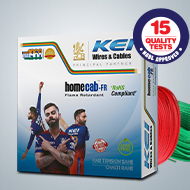
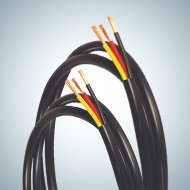
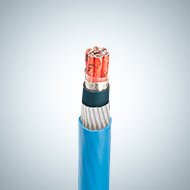
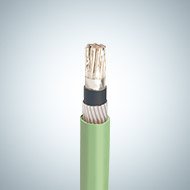
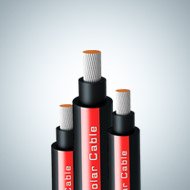
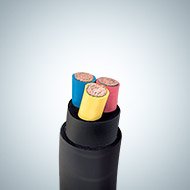
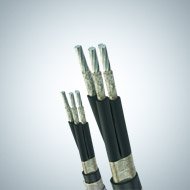
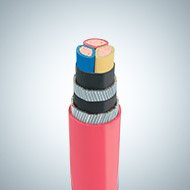
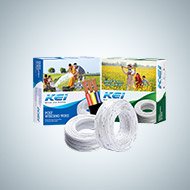
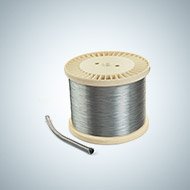
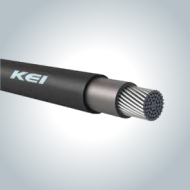
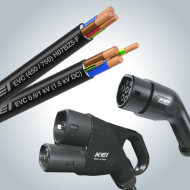
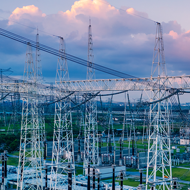


























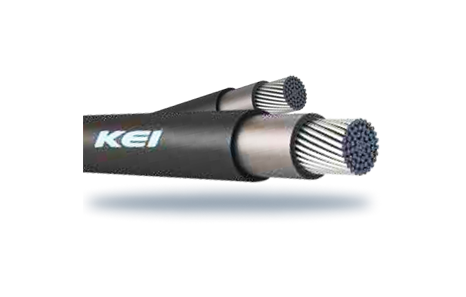







 Subscribe Newsletter
Subscribe Newsletter